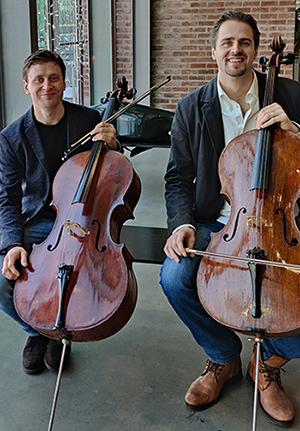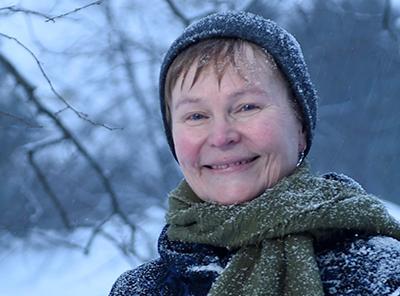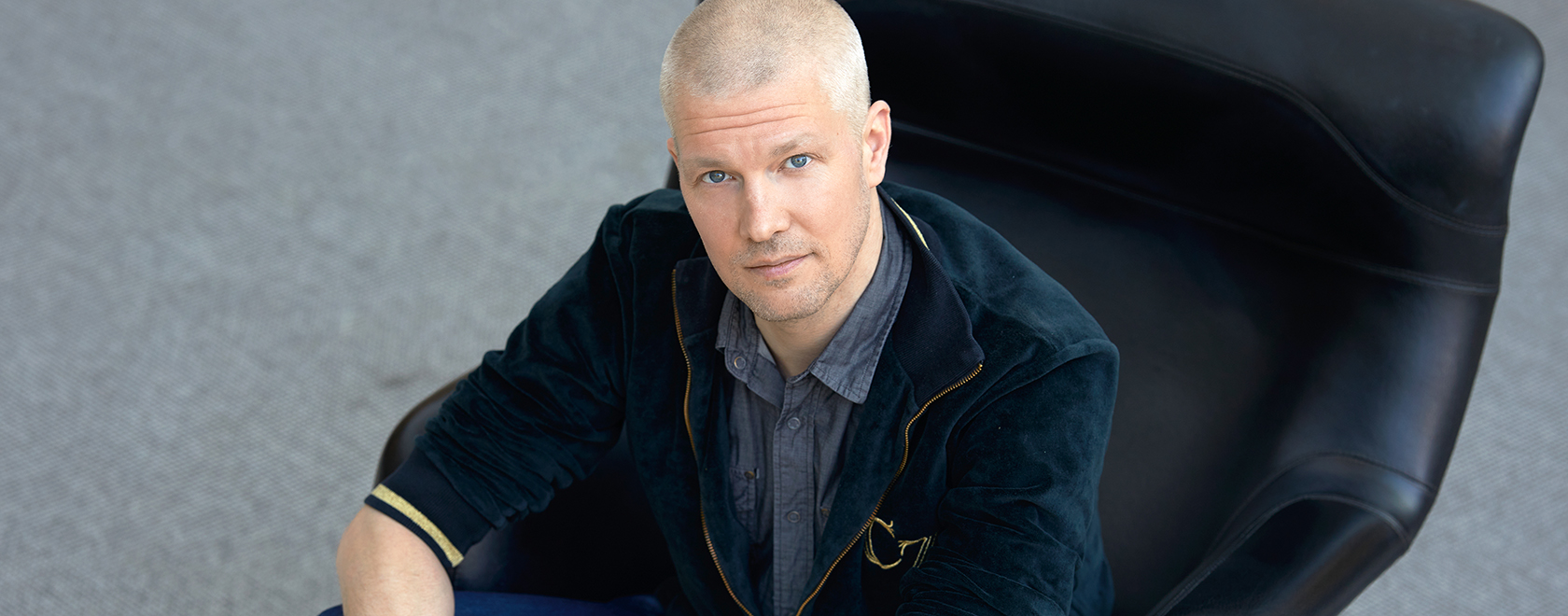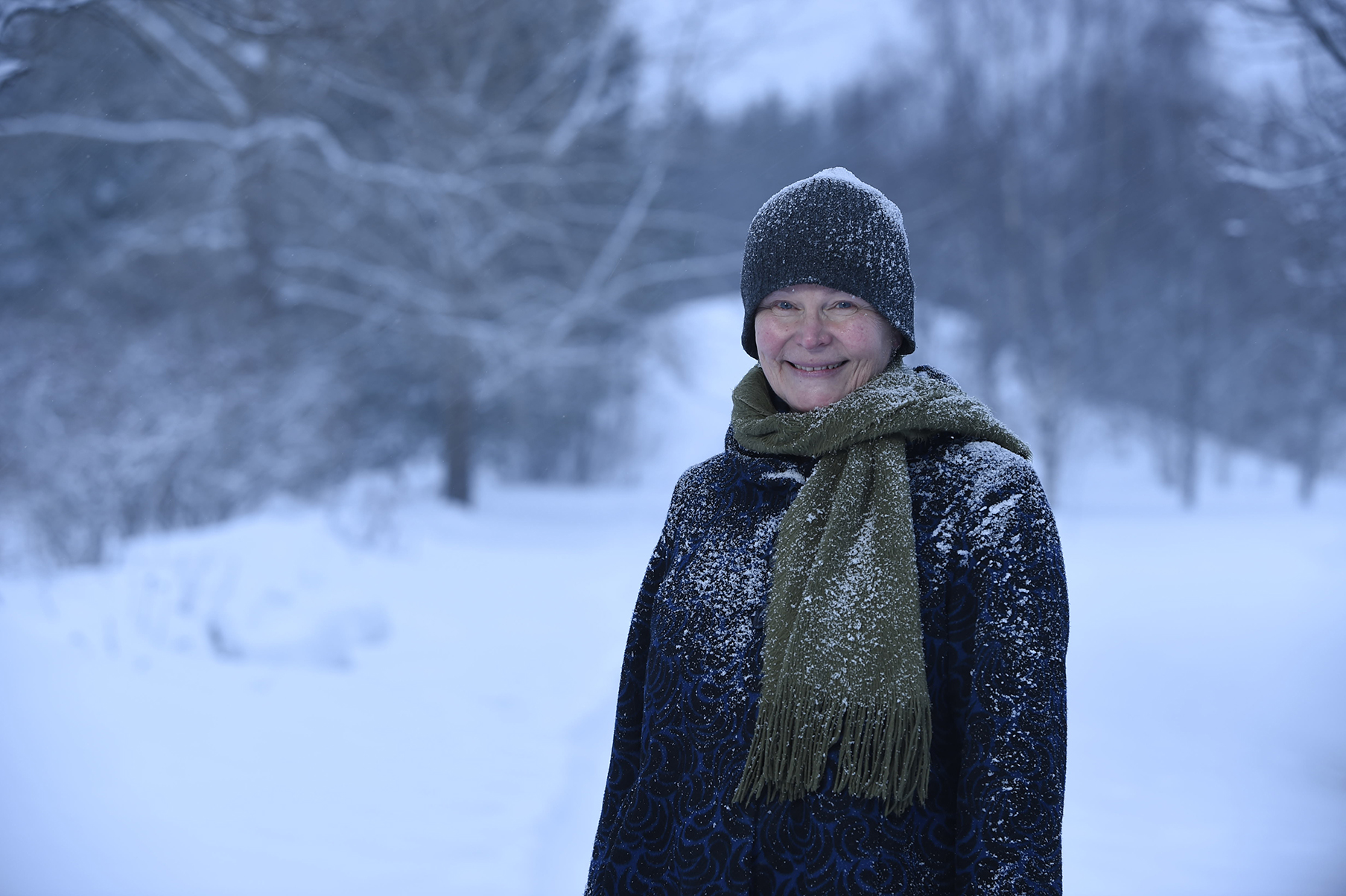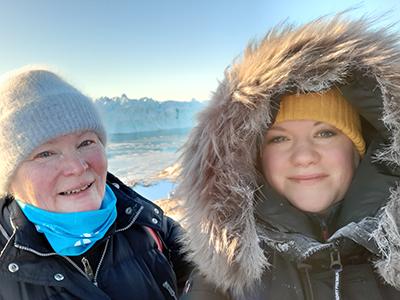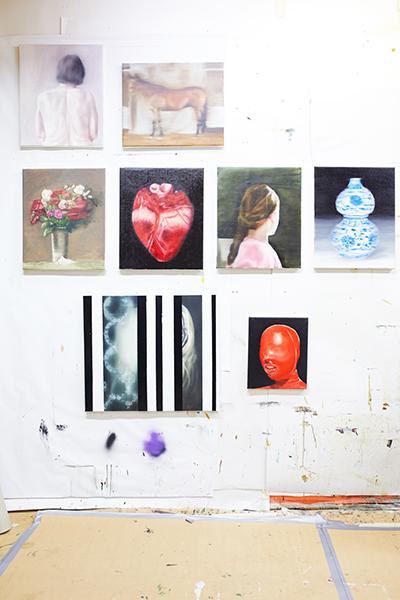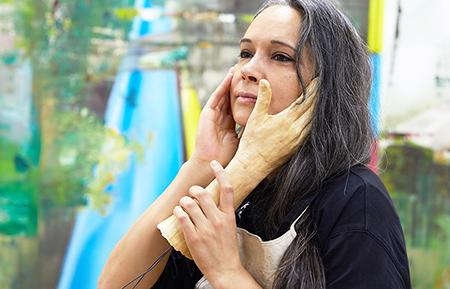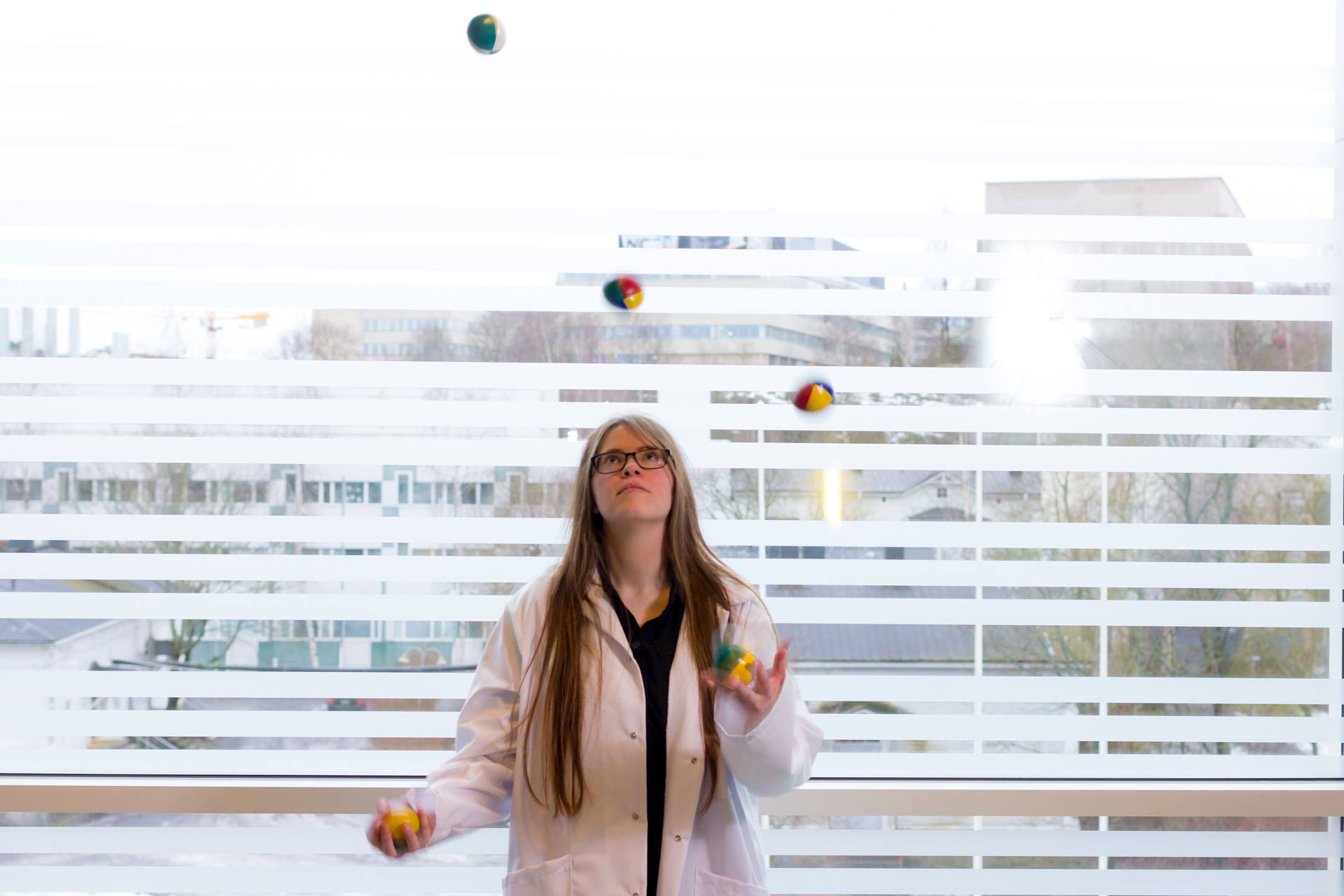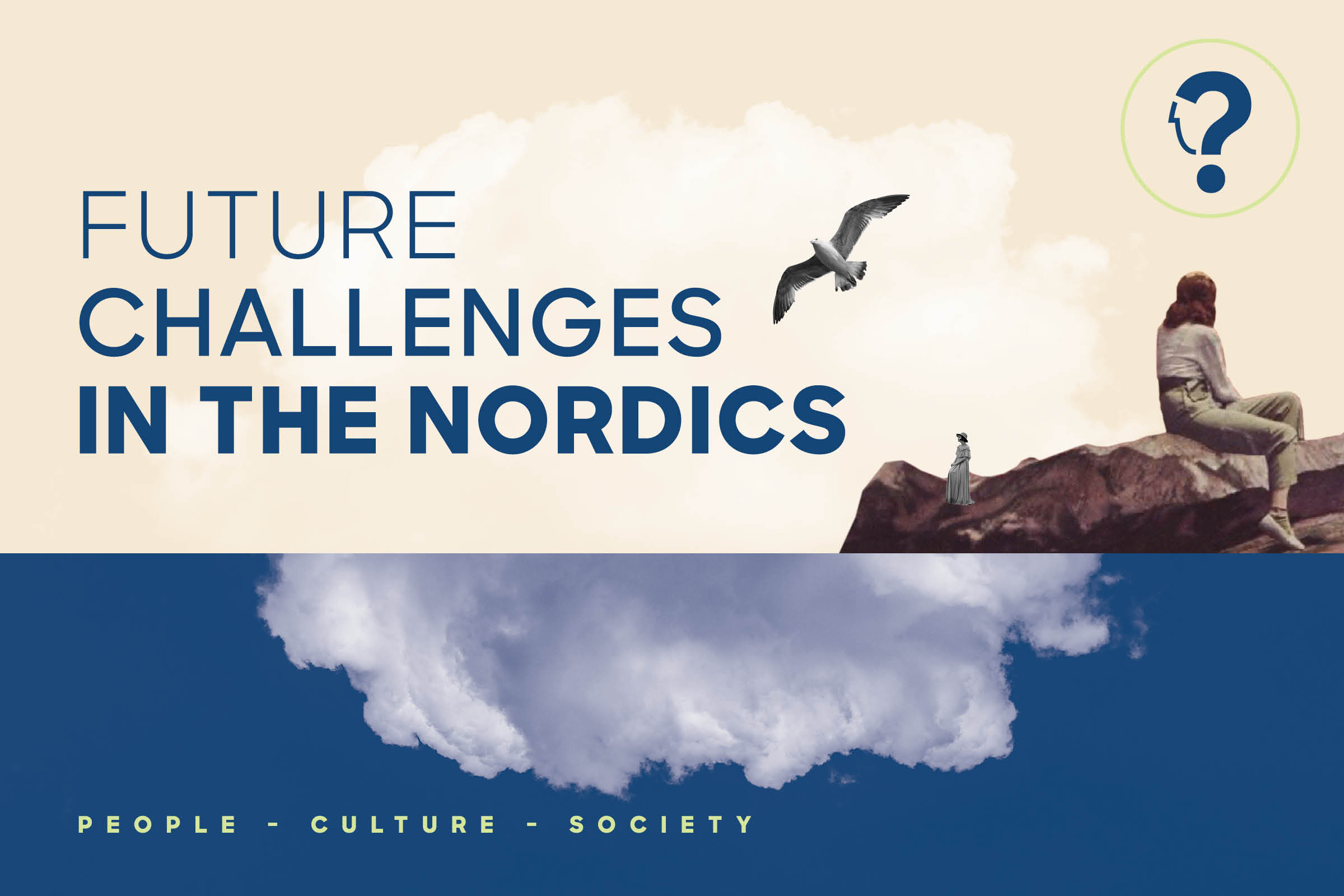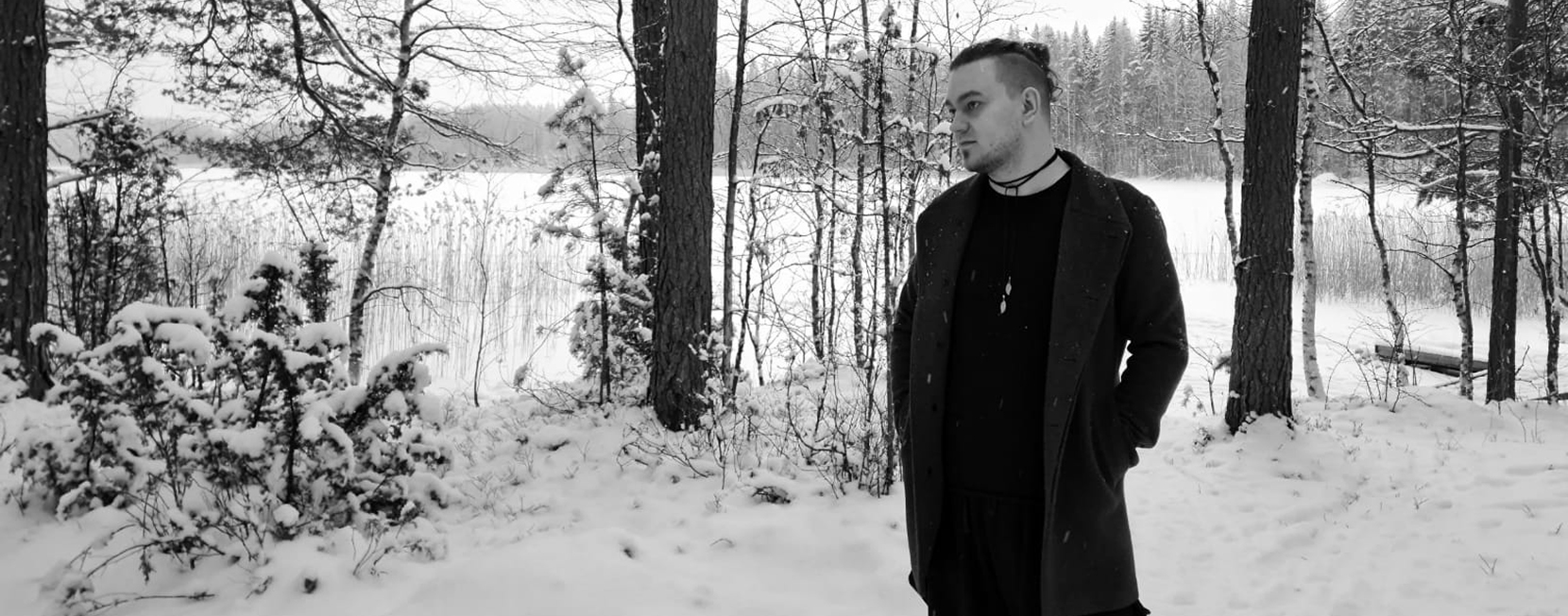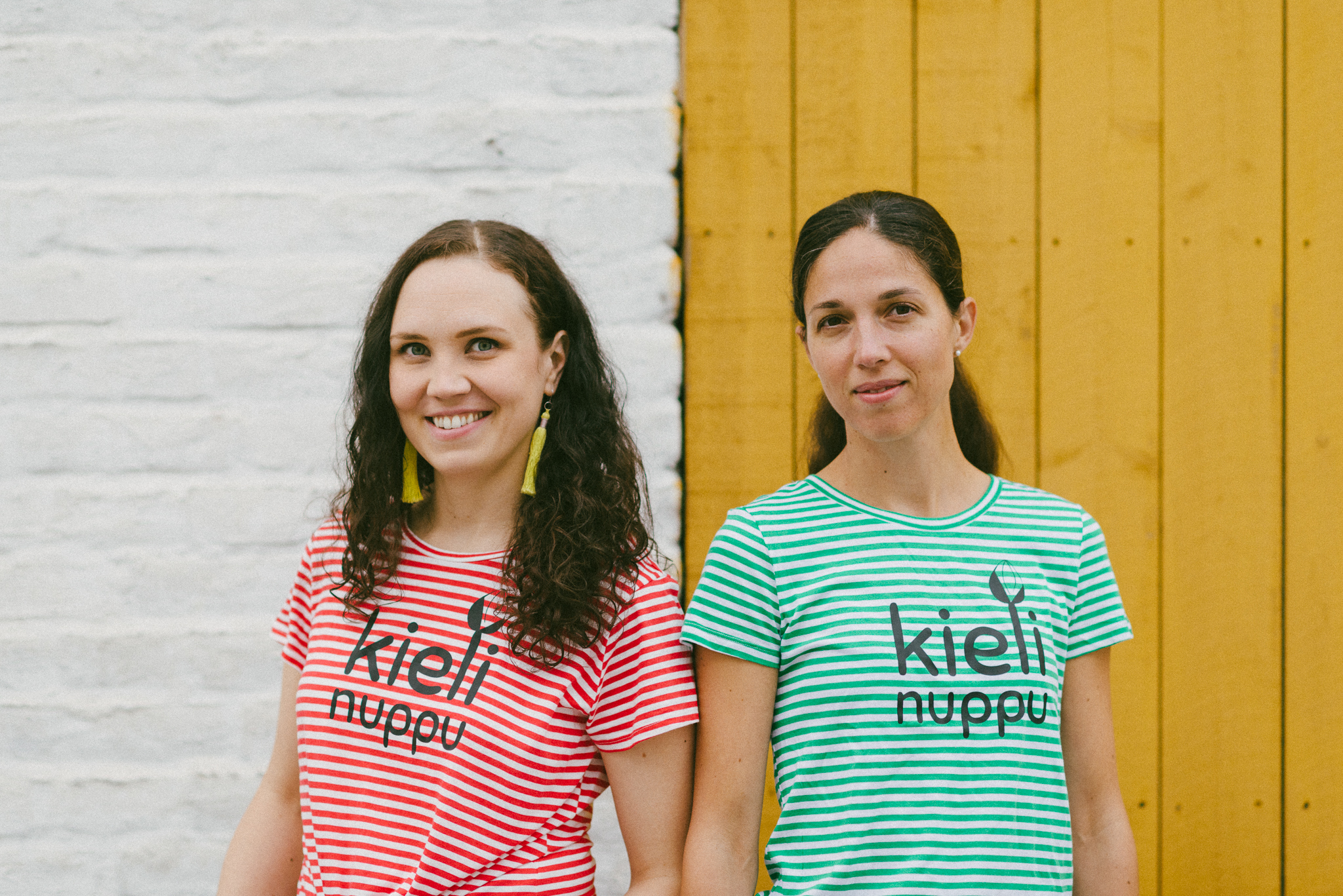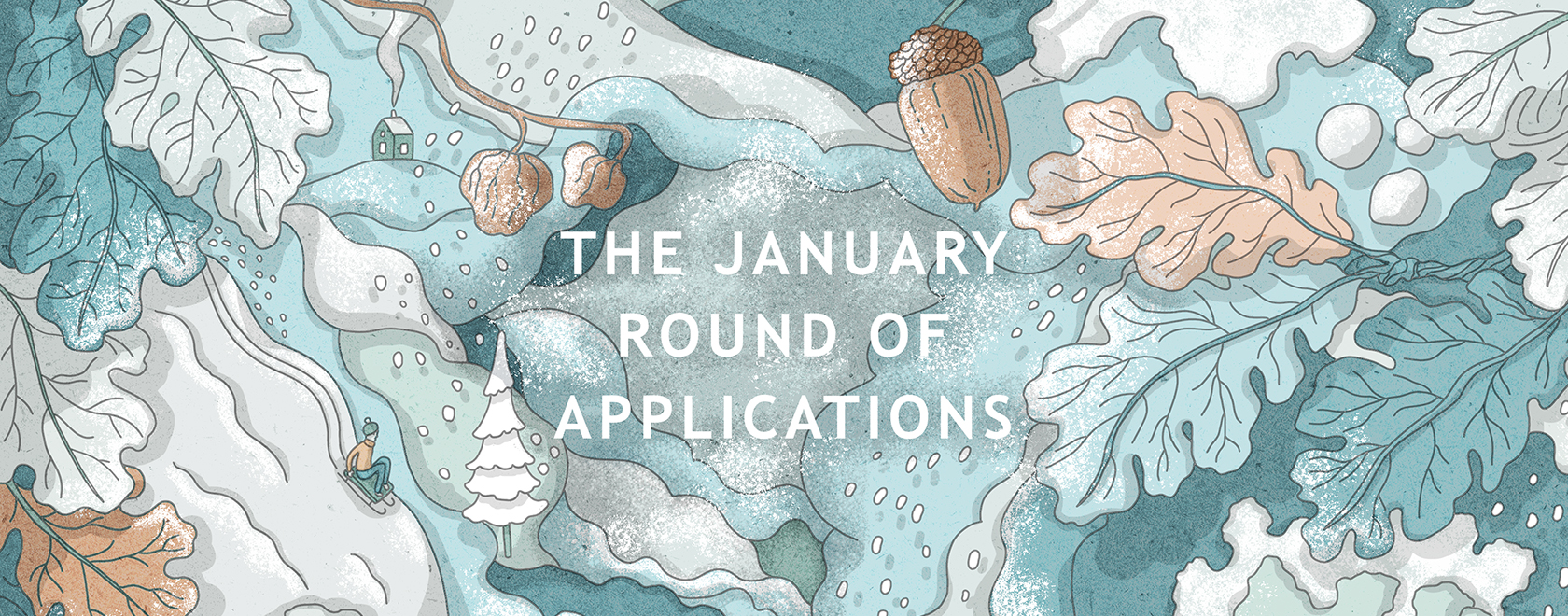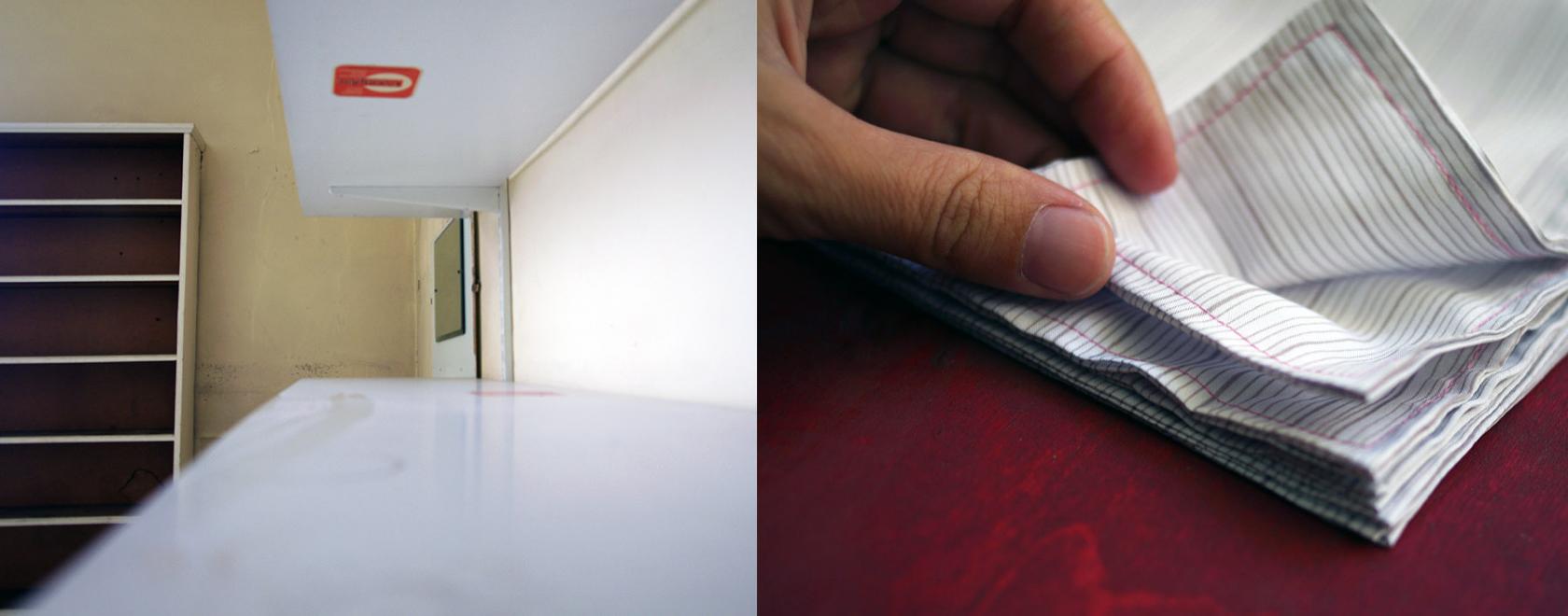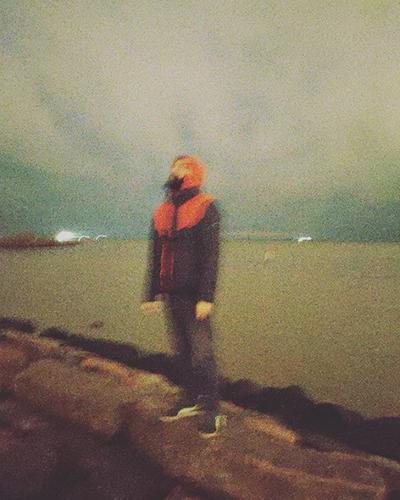Five hundred full-year grants from the Cultural Foundation
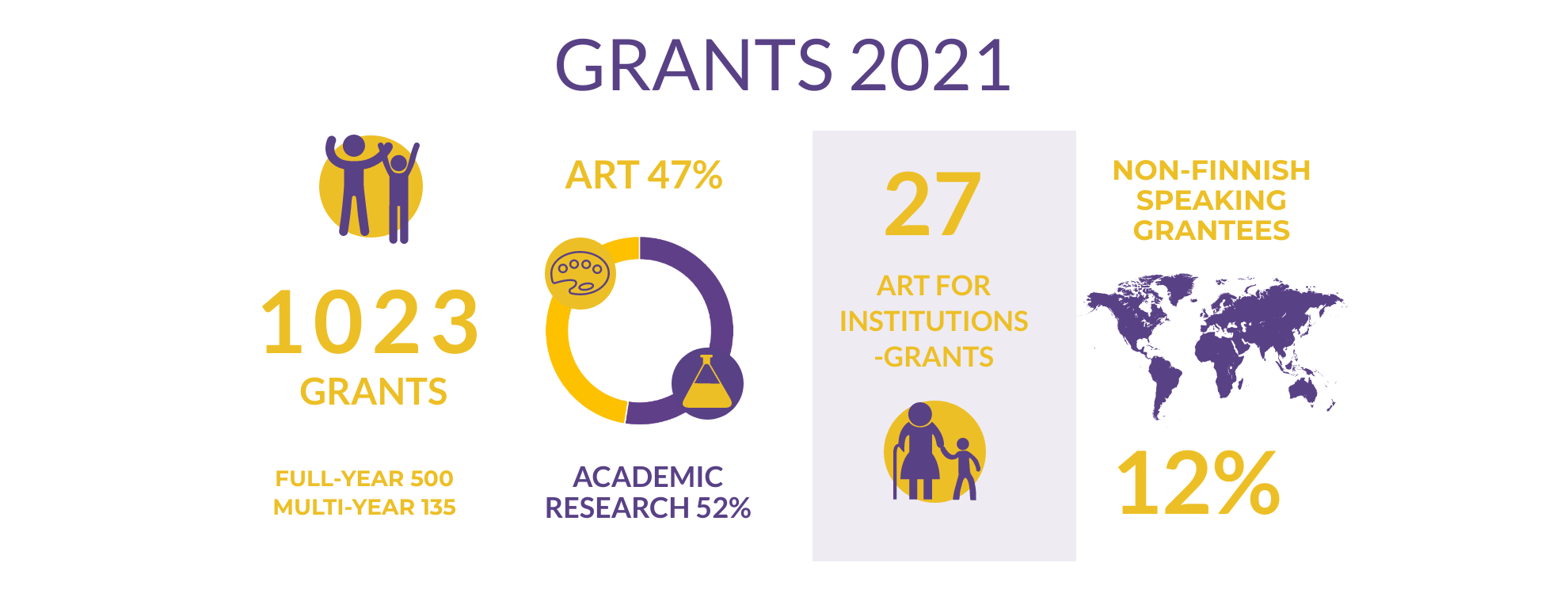
This round saw 500 full-year working grants being awarded (compared to 442 the previous year): 321 for academic disciplines and 179 for the arts. As many as 135 multi-year grants were awarded (compared to 72); of these, 93 were for two years, 36 for three and six for four years. Of the full-year grants, 208 were designated for thesis writing.
– In recent years, we have deliberately increased our support for long-term academic and artistic work,explains the foundation’s Chairman, Jari Sokka.
– This is why in future years, the number of grantees may not grow even if the total monetary value hopefully will.
Finland’s most talented young cellists will receive high-quality supplementary teaching and opportunities for learning and playing with their peers at the Cello Academy, which was awarded the largest art grant, EUR 200,000.
– An interesting trend in this year’s grants was research on artificial intelligence. Funding was granted, among others, to postgraduate researcher Kunal Ghosh from Aalto University, who is studying the use of AI in discovering new technical materials, as well as EUR 150,000 to a team led by Juha Sinisalo, professor of cardiology at HUS, for research concerning the clinical application of AI in atherosclerosis, says Secretary General Antti Arjava.
Documentary filmmaker Juhani Haukka received EUR 105,000 for a film on extensive research conducted by the Finnish National Archives into the disappearance of Finnish nationals in Russia. The documentary follows the work and progress of the researchers over five years, in both Finland and Russia. Professor Pirjo Hiidenmaa with her team were granted EUR 120,000 for a two-year project investigating the ways in which literature is present in readers’ lives and the significance of books and reading.
Ten grants went to projects related to Sámi culture. The Skolt Sámi Cultural Foundation was granted EUR 200,000 to create schooling, ranging from immersive early education to elementary school, in their mother tongue for Skolt Sámi children, and for producing learning materials in the language. Professor Arja Rautio and a team of Sámi, Finnish and Canadian researchers received EUR 100,000 for research on the well-being and resources of Sámi reindeer herders. Sámi Duodji ry was granted a EUR 22,000 Art for Institutions grant for a project bringing Sámi culture into care institutions in Utsjoki.
Art for Institutions grants support well-being for the aged
Twenty-seven Art for Institutions grants, worth EUR 468,500 in total, were awarded within the arts. The objective of these grants is to promote cultural equality and, through art, to improve the quality of life of persons requiring special support or care.
– We have sought particularly to support the well-being of the aged through art. The coronavirus pandemic has forced many elderly people into long periods of isolation from their loved ones. We hope to help them find strength and meaning through art as soon as the pandemic permits, Antti Arjava says.
Some of the Art for Institutions grants were as follows: circus artist and educator Linda Kulmala and circus artist and educator Marianne Vaalimaa from Turku received EUR 11,500 to put on a circus show for care homes in the Turku region; Lahden Lähimmäispalvelu ry, EUR 15 000 for running a performance troupe for the aged and putting on performances for home help customers; Heidi Luosujärvi (MA Music) and Petteri Waris (MA Music), EUR 18,000 for organising concerts at care homes in Lapland; Tytti Marttila (Bachelor of Culture and Arts), EUR 4,500 for the Balticum, Kalajuttu performance tour of care home gardens; and Cooperative Circus Aikamoinen, EUR 10,000 for a circus tour of care homes in Uusimaa.
Multi-year grants for academia
In line with the previous year, 53% of all the grants awarded went to academic disciplines and 47% to the arts. In terms of purpose of use, artistic work accounted for 40% of grants (35% last year), theses for 28%, research for 7% and post doc research for 8%. Nine per cent of grants will go to organising events, mostly in the arts.
– We have increased the proportion of funding for artistic work. As there were more multi-year grants in academic disciplines, however, these will see a greater proportion of the benefit in coming years, explains Antti Arjava.
The success rate of applications in academic disciplines was 13% when measured in quantity, or 10% in euros, compared to 10% and 8% for the arts. This made the success rate similar to the previous year’s in academia, but slightly lower in the arts. There were differences between specific disciplines, however, due to donations received by the Cultural Foundation. The proportion of applicants from Helsinki rose to 51% of grantees and 41% of total applicants.
Women made up 57% of grantees in academic disciplines and 61% in the arts, which means that in both types of grants the proportion of women is slightly higher among successful applicants than among applicants as a whole. Non-Finnish citizens accounted for 12% of applicants and 13% of grantees. Grants from the October round were awarded to applicants in around 90 municipalities in Finland. The regional funds’ grants will be given out later in the spring, based on the January round of applications.
Six Eminentia grants
The Cultural Foundation’s Eminentia grants are intended for reflective writing about the applicant’s scientific or artistic lifework or experience, for promotion of interaction between science and the arts, or for proactive work to promote the importance of culture in society.
– Eminentia grants are an opportunity for grantees to share the expertise they have garnered with others, also across academic and artistic disciplines, says Jari Sokka. Markku Kanninen (PhD, Agriculture and Forestry) was awarded an Eminentia grant for writing a book about deforestation, changes in forests and the consequences of this for the climate, nature and the future of humanity. The other Eminentia grants, for EUR 25,000 each, went to circus researcher Markku Aulanko, industrial designer Hannu Kähönen, Silja Rantanen (Doctor of Fine Arts), Hannu Saha (PhD) and professor emerita Irma Sulkunen.
Regional fund grants to be awarded in spring; Art2 grants open for application in March
The Cultural Foundation received 9,700 applications in its October round. In academic disciplines, the number of applicants was on a level with the previous year, while in the arts it grew by 10%. Additional coronavirus-related funding was sought by 380 applicants; this was already decided upon in December, and it was granted to 53 autonomous artistic communities, for a grand total of EUR 1.5 million.
In 2021, the Cultural Foundation will distribute approximately EUR 44 million in grants. EUR 25 million was paid out now based on the October round of applications, and a further EUR 13 million will go out from the regional funds based on the January round. The rest will be awarded via the Post Doc Pool and the March and August application rounds.
The March round will invite applications for, among others, the Art2 grants, which support high-quality, meaningful art projects that aim to increase audience numbers. Additionally, the foundation uses its assets for the benefit of culture through diverse initiatives, the largest of which is currently Art Testers. The foundation’s total funding for culture during the operating year will reach approximately EUR 50 million.
You can find all the Grantees of October 2021 Round here.
